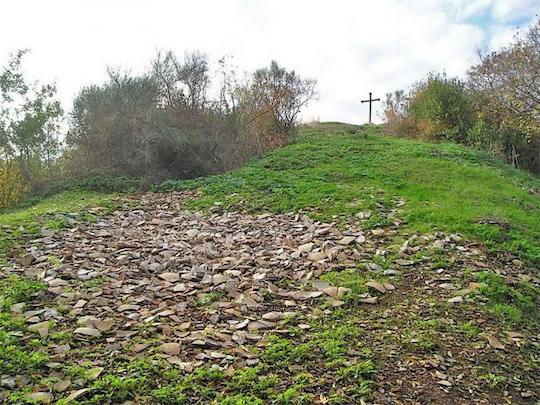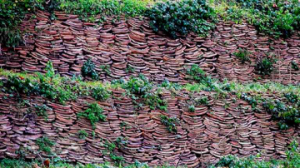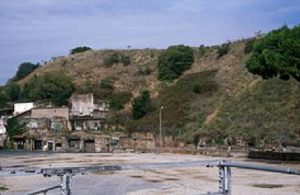As was mentioned in a previous article, the Roman Empire ran on olive oil. This is evidently true as it is estimated that 50 liters per capita were consumed in some parts of the Empire. To put it in perspective, the highest consumption per capita nowadays can be found in Greece with 20 liters per capita. Therefore, this wasn’t just a substance Romans consumed from time to time, it was a part of their identity.
Like wine and bread, olive oil symbolized something quite deep for the Romans. It was a symbol that they could change nature itself according to their will, since olive oil, like bread and wine, were man made. It was such a part of their identity and so essential to life in the empire that it turned into an extremely lucrative enterprise. It would have been just as important as petroleum is for us nowadays (“petra” and oleum,” latin for “olive oil on a stone”)
One of the most glaring examples of the great importance of olive oil in the Roman Empire can be found on the south bank of the Tiber river in Rome at Mount Testaccio. One can look and see a 150 foot hill with over a half a mile at the base, covered in grass. It may seem like a mere bump on the surface, but it is a giant hill composed of 53 million broken up olive oil amphorae from the first century to the 3rd century AD. The vessels came from Spain and North Africa, which were the dominant producers of olive oil in Roman times. Also, almost all of the jars had the capacity of 70 liters, and it is thought that the total amount of olive oil that all the vessels together would have amounted to is around 6 billion liters of olive oil.
Since the olive oil trade was so profitable, it also attracted a lot of fraudsters. It was observed by the famous Roman physician Galen that top notch olive oil would be cut with liquified lard from oil traders in order to make a bigger profit. In order to prevent occurrences such as this, the Romans had a system in place. They would command Roman functionaries to stamp notes in black or red ink on each amphora, ensuring that no middleman or other agent receiving a shipment from North Africa or Spain would cut the oil for profit. The notes would include the locality where the oil was produced, the producer’s name, the weight, the quality and the importer’s name who received it. At Mount Testaccio, one can find a wide variety of these mainly state-sponsored amphorae sealed and labeled as previously described. Therefore, rather than a dump, as it was thought of in ancient times, we now consider it a monument to the quality and scale of Roman olive oil and trade.



